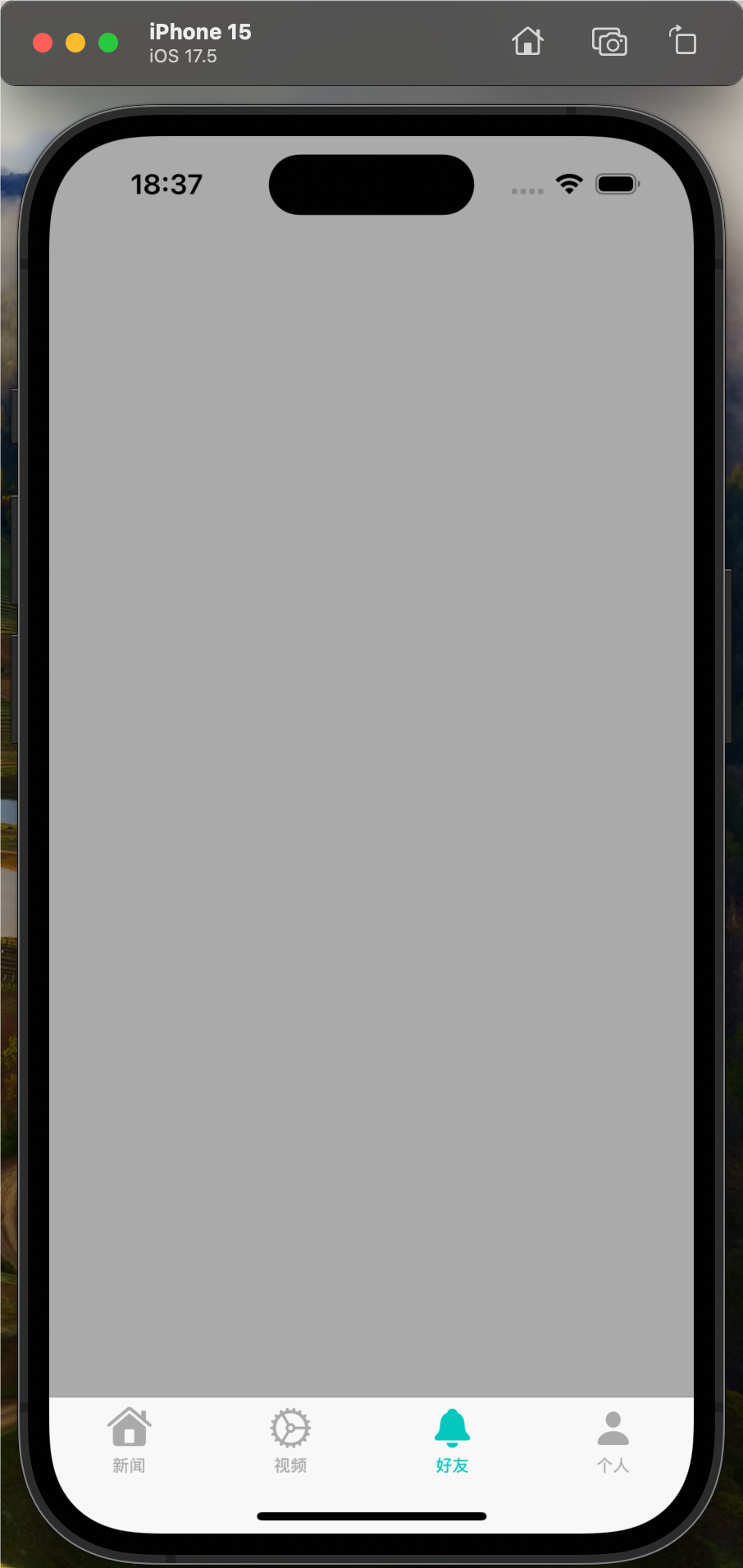我使用cell.contentView.bounds.size.width来计算UITableView单元格中文本字段的位置.当单元格创建时,调试代码将宽度报告为302.当单元格从屏幕上滚动然后重新打开时,调试代码每次报告它是280.它似乎不想回到302并停留在280.最终的结果是,文本字段被放在错误的地方,第二次将该字段放入单元格的contentView,虽然它被放在第一次正确的地方
我22岁是很重要的,但我不知道是什么.猜测它可能是披露箭头,我将宽度确定前面的“清除单元格”代码移动到了,包括将配件设置为nada.
有人可以告诉我这里发生了什么吗?
代码(无关 – 我知道 – 东西被剪掉)看起来像这样:
// Customize the appearance of table view cells. - (UITableViewCell *)tableView:(UITableView *)tableView cellForRowAtIndexPath:(NSIndexPath *)indexPath { static Nsstring *CellIdentifier = @"Cell"; NSUInteger section = [indexPath section]; NSUInteger row = [indexPath row]; UITableViewCell *cell = [tableView dequeueReusableCellWithIdentifier:CellIdentifier]; if (cell == nil) { cell = [[[UITableViewCell alloc] initWithStyle:UITableViewCellStyleSubtitle reuseIdentifier:CellIdentifier] autorelease]; } // Configure the cell. while( [cell.contentView.subviews count] ){ id subview = [cell.contentView.subviews objectAtIndex:0]; [subview removeFromSuperview]; } cell.accessoryType = UITableViewCellAccessorydisclosureIndicator; 8< snip! CGFloat theCellWidth = cell.contentView.bounds.size.width - 44.0; CGFloat theLineHeight = [[UIFont boldSystemFontOfSize: [UIFont labelFontSize]+1.0] lineHeight]; NSLog(@"cell.contentView.bounds.size.width %1.0f",cell.contentView.bounds.size.width); if (0==section) { switch (row) { case 2: while( [cell.contentView.subviews count] ){ id subview = [cell.contentView.subviews objectAtIndex:0]; [subview removeFromSuperview]; } cell.selectionStyle = UITableViewCellSelectionStyleNone; cell.textLabel.text = @" "; cell.detailTextLabel.text = @"The Age"; theAgeTextField.frame = CGRectMake(10.0,2.0,theCellWidth,theLineHeight); // NSLog(@"cell.contentView %@",cell.contentView); theAgeTextField.text = theAge; theAgeTextField.font = [UIFont boldSystemFontOfSize: [UIFont labelFontSize]+1.0]; theAgeTextField.keyboardType = UIKeyboardTypeDecimalPad; theAgeTextField.borderStyle = UITextBorderStyleNone; theAgeTextField.userInteractionEnabled = NO; [cell.contentView addSubview:theAgeTextField]; cell.accessoryType = UITableViewCellAccessorydisclosureIndicator; break; 8< snip! (lots of closing braces and other stuff omitted) return cell; }
想在家里试试这个男孩和女孩?
从一个新的基于导航的应用程序开始.将以下代码放入RootViewController.m中:
- (NSInteger)tableView:(UITableView *)tableView numberOfRowsInSection:(NSInteger)section
{
return 5;
}
// Customize the appearance of table view cells.
- (UITableViewCell *)tableView:(UITableView *)tableView cellForRowAtIndexPath:(NSIndexPath *)indexPath
{
static Nsstring *CellIdentifier = @"Cell";
UITableViewCell *cell = [tableView dequeueReusableCellWithIdentifier:CellIdentifier];
if (cell == nil) {
cell = [[[UITableViewCell alloc] initWithStyle:UITableViewCellStyleSubtitle reuseIdentifier:CellIdentifier] autorelease];
}
NSLog(@"cell.contentView.bounds.size.width %1.0f",cell.contentView.bounds.size.width);
// Configure the cell.
return cell;
}
在执行此操作所需的默认代码中只有两个更改:更改部分中的行数(“return 5”),并且单元格的样式必须为UITableViewCellStyleSubtitle.然后,当您运行程序时,您将看到以下五行:
2011-06-18 11:10:19.976 TestTableCells[7569:207] cell.contentView.bounds.size.width 302 2011-06-18 11:10:19.978 TestTableCells[7569:207] cell.contentView.bounds.size.width 302 2011-06-18 11:10:19.979 TestTableCells[7569:207] cell.contentView.bounds.size.width 302 2011-06-18 11:10:19.980 TestTableCells[7569:207] cell.contentView.bounds.size.width 302 2011-06-18 11:10:19.982 TestTableCells[7569:207] cell.contentView.bounds.size.width 302
将一些单元格拖出屏幕(向上拖动不会执行任何操作),当它们重新出现时,您会得到以下结果:
2011-06-18 11:10:24.013 TestTableCells[7569:207] cell.contentView.bounds.size.width 320 2011-06-18 11:10:24.047 TestTableCells[7569:207] cell.contentView.bounds.size.width 320 2011-06-18 11:10:24.130 TestTableCells[7569:207] cell.contentView.bounds.size.width 320
坦白说,我很沮丧,因为这样,我非常想诱惑起99美元(没有一个工作的应用程序,甚至),所以我可以有一个人在苹果衡量这一个.
有什么想法吗?
谢谢!
想看看更有趣的东西?尝试这个代替静态Nsstring …行:
Nsstring *CellIdentifier = [Nsstring stringWithFormat: @"%d",arc4random() ]; NSLog(@"%@",CellIdentifier);
现在,每一次,日志中的宽度总是为302.那么一个重用的单元格似乎与原始单元格的内容宽度不同.
再一次…想知道有人得到了一个线索吗?
解决方法
我怀疑你所看到的是由于更改单元格的附件视图,最终会在下一次单元格执行时调整内容视图的大小–layoutSubviews.当单元格添加到表中但直到内容视图的边界将不会更新时,才会发生这种情况.
不管我不明白为什么会是一个问题.你似乎只关心设置你的theAgeTextField的宽度,所以如果你适当地相对于内容视图的当前宽度来设置它的大小,并设置它的autoresizingMask标志给它一个灵活的宽度,那么它应该根据需要增长或缩小内容视图更改.
如果您需要更详细的布局行为,那么这应该可能都在UITableViewCell子类中.请参阅-prepareForReuse和-layoutSubviews,了解定制单元格及其子视图的机会.您的数据源应该能够将TheAge传递给您的单元格子类的实例,而不必关注如何显示的细节.

